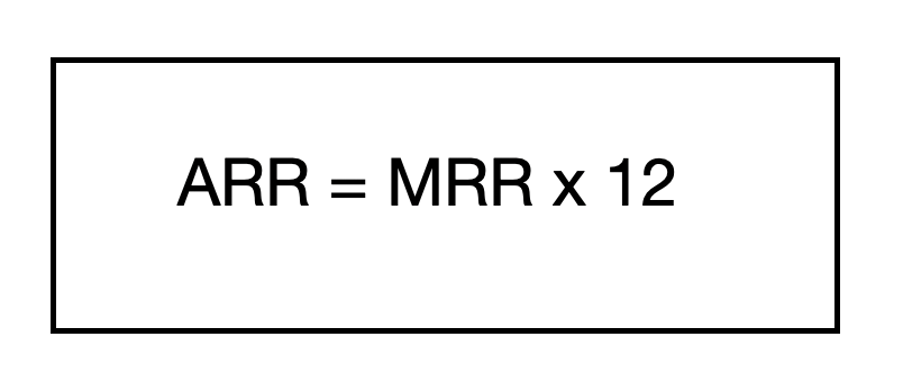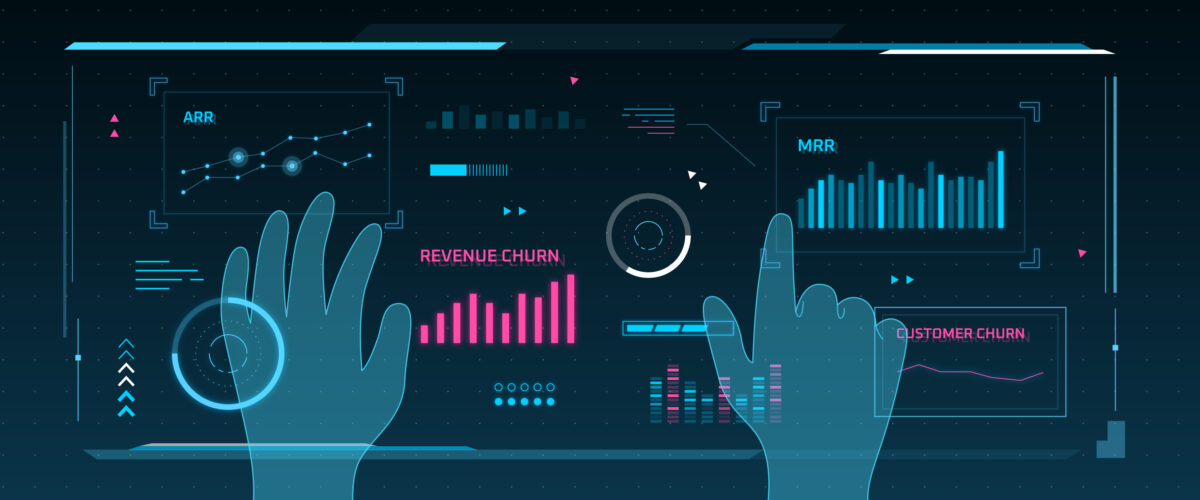Every SaaS business wants to succeed.
The SaaS industry is currently worth over $145 billion.
There is a great opportunity out there to be part of it.
Success doesn’t happen overnight, though.
The best way to keep track of your growth is to monitor your SaaS metrics.
Why Metrics Matter?
You don’t know how your business is doing if you’re not measuring your performance.
Regular check-ins allow you to stay up-to-date with everything that’s happening in your business:
- Leads coming from a new source
- A product that receives good feedback
- Revenue churn happening suddenly
- The time it takes to convert new leads
- Learn how to value your startup
Metrics tell a story of how your business is performing.
You can use them to be more data-focused with your business and product decisions.
Whether you’re at an early stage or working on how to sell your company, you still want to know what works and what you need to improve.
Here are the key SaaS metrics you need to monitor.
9 Most Important SaaS Metrics
Monthly Recurring Revenue (MRR)
This is one of the most important metrics to track. Monthly Recurring Revenue (MRR) measures the recurring revenue you generate every month.
By tracking its progress, you are able to build a growth forecast that will influence your campaigns and product roadmap.
Along with your MRR, make sure you look at your MRR growth rate to know how quickly your company is growing.
Your MRR growth rate is simply the percentage change in MRR from one month to the next.
Annual Run Rate (ARR)
The annual run rate (ARR) is the recurring revenue your SaaS business generates within a year.
In a subscription-based business, it’s the total revenue from monthly subscriptions.

If your business focuses on annual or multi-year contracts, it can help you understand your revenue growth every year to improve your forecasting.
MRR may be a more common metric for revenue growth but you should still track both MRR and ARR to get a better idea of your recurring revenue over time.
ARR is helpful when looking at the bigger picture of your financial situation and it also helps potential investors understand where you are and what you need to do next.
Revenue Churn (Gross MRR churn)
Revenue churn or Gross MRR churn measures the revenue you lose every month from clients who leave or downgrade their plan.
Gross MRR churn indicates the main challenges you come across and how they could affect your future success.
Ignoring your revenue churn can affect your company’s financial viability.
Don’t just look at the numbers though. Focus on the ‘why’ behind them.
For example, if you notice increased churn on a specific plan or subscription, it’s time to investigate the reasons for it. Is it your product? Is it your service? Is it the pricing?
The more you know about your Gross MRR churn, the easier it becomes to work on the right tactics to boost it.
Customer Churn
Measuring your revenue churn along with customer churn can help you understand what you need to improve to scale.
Customer churn measures the rate at which your current customers cancel their subscriptions.
Measuring your customer churn month-by-month can help you act fast and adjust your engagement tactics once you notice the churn.
An annual look at your customer churn can help you see the bigger picture to analyse your engagement trends and what to expect while scaling.

The best insights come when going beyond the number.
Is there a specific persona having a bigger churn? What could be the problem in this case? The earlier you notice the churn, the faster your sales, marketing, and product teams can adjust their strategies to address it.
Bear in mind, a good monthly churn rate for SaaS businesses is 2-3%.
Gross Margin
Gross margin is your revenue after deducting the cost to produce the product or service.
This is one of the first metrics an investor can ask about and it can affect your business valuation.
The higher your gross margin, the more revenue you keep to invest in your growth.
Burn Rate
Burn rate refers to the capital you spend in a month.
This is an important metric for SaaS businesses to plan when they’ll need additional funding.
For example, if your business has $1 million in the bank and a burn rate of $100,000, you have 10 months of cash to run your company.
A high burn rate indicates that your business needs more revenue to stay profitable or it’s spending more than what’s expected. Either way, it’s time to have a closer look at your financial status to improve your chances of scaling.
Customer Lifetime Value (LTV)
Customer lifetime value (LTV) is the average amount of revenue generated by your customers while engaging with your company.
The ultimate goal is to keep your customers engaged as long as possible to increase their LTV.
The best way to do this is to combine a useful or valuable product, a good pricing plan, and excellent customer experience.
Customer Acquisition Cost (CAC)
Customer acquisition cost (CAC) is how much it costs to win a new customer.
If your SaaS business is still at an early stage, it’s crucial to maintain a low CAC and high LTV.

The best way to calculate your CAC is to add your sales and marketing costs and divide them by the number of new customers. If you spend $100,000 a month and land 200 customers per month, your CAC is $500.
You can also calculate your CAC in individual campaigns to compare your effectiveness and become more cost-effective.
Customer Engagement Score
The customer engagement score is an overview of your customers’ level of engagement.
You can create your own engagement score with a number of inputs based on the activity and usage of your product or service.
For example, a customer who’s using your product daily for more than an hour has a higher customer engagement score than someone who’s only using your product once a month.
A customer engagement score helps you measure customer happiness and the likelihood of churn.
Every SaaS business has its own strengths and weaknesses.
Still, they all rely on similar metrics to tell whether they’re on the right track to scale.
Focus on the most important metrics for your business and be consistent with measuring your performance to stand out.
About Andrew:
Andrew Gazdecki is a 4x founder with 3x exits, former CRO, and founder of MicroAcquire. Gazdecki has been featured in The New York Times, Forbes, Wall Street Journal, Inc. Magazine, and Entrepreneur Magazine, as well as prominent industry blogs such as Mashable, TechCrunch, and VentureBeat.
